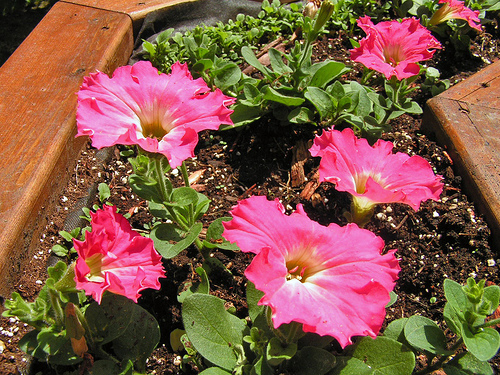Ever wonder what keeps ornamental plants going in staggering heat and drought as they wait for a new home, outside grocery stores and big box outlets? It can be a tough grind. When plants come from the comfort of a nursery into a store’s garden centre (such as it is), which is often perched atop part of the establishment’s blistering hot parking lot, it’s a shock to their systems. And considering most of the ornamentals consumers purchase in Ontario now come from megastores, losses can be huge.
One way to deal with this is to beef up the plants’ abilities to withstand drought and harsh conditions, get retailers to help sponsor research, and serve consumers needs. Ornamentals have all kinds of value, environmentally and economically. And in the even bigger picture, what researchers learn about drought tolerance in ornamental plants can be applied to food crops, too.
With climate change (apparently) upon us, new knowledge that sheds light on how to cope with temperature extremes and extraordinary growing conditions could potentially help in areas where drought is already prevalent and seems to be getting worse, such as certain underdeveloped countries. This kind of research is underway at the University of Guelph and the Vineland Research and Innovation Centre, where they’re using petunias for their ornamental drought studies. I cover this issue in my Urban Cowboy column today in the Guelph Mercury.
The petunia photo below is from annecyhs’ photostream.



